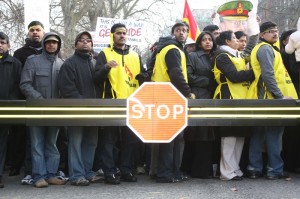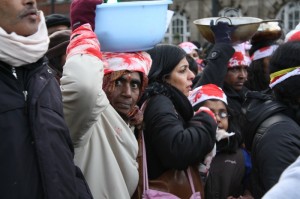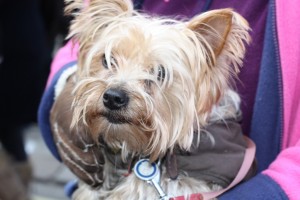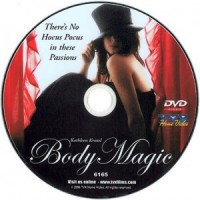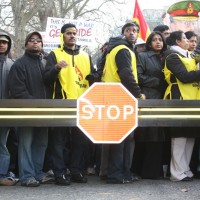
I kinda missed out on the whole student protest thing when I was at university. The skirmish around the loss of grants had already been lost, round one in the tuition fees bout went to the Government before my time, and the Iraq war was yet to come. What was left? Better rights for water voles on a four mile stretch of the River Avon? Probably.
But gee whizz! The whole of Europe has been making it up for it this year. Athens, Paris, Lisbon, London, and Rome have seen angry mobs rampaging through the streets demonstrating against police brutality, changes to the retirement age, austerity measures, the imposition of increased student tuition fees, and a probably corrupt and almost certainly inept Prime Minister. And it has all been captured with some superb photography.
Which got me thinking. If you are intent on photographing a demonstration, and something with the potential to turn nasty, how should you go about it?
Preparation
If you’re photographing a planned demonstration, make sure that you know the route. Suss out good vantage points for the beginning, the end, and points along the way. (Barriers or bollards to stand on are a good start.) You’ll want shortcuts between key places, as well.
Wear appropriate clothing: something inconspicuous that will allow you to move easily and run if you have to.
Dig out your press card if you have one. If you’re in the UK, print off a copy of the police guidance on photography, just in case.
Take as little kit as you can get away with. Your main camera with one lens – so ideally the most versatile that you have – spare memory cards and batteries, and a second camera if you can manage it.
On the day
Be nice to the police. Be co-operative. (I took a few minutes to chat with the officers who were policing a protest by Tamil separatist supporters in London. I found out lots of useful information. They knew who I was. We all won.)
Even if it doesn’t look as if things will turn hairy, make sure that you have an exit strategy at every point.
Stay alert: both to get the photos that you want, and to stay safe.
Getting photos
Crowd scenes can convey the enormity of the protest, but what’s of greater interest are the individual stories. You want the quirky and unusual and you want to tell the narrative of the protest. So look out for the grandmother marching with her grandchildren, stay alert for flash-points, and keep a watch for the unexpected.
Don’t delete anything. You never know what might be in the background on closer inspection.
Be brave, but don’t be stupid.
Finally
Your safety is the most important thing. Put that first all the time, whether to stop yourself from tumbling from a lamp post and breaking your neck, or not being in front of a mounted police charge. Mmmkay?






